The thoroughbred racing industry stands at a pivotal juncture, where the acknowledgment and rectification of certain critical mistakes can significantly enhance its public perception and future sustainability. This article explores four key areas where the industry must focus its attention: animal welfare concerns, transparency in operations, the efficacy of communication, and the imperative need for modernization.
Each of these aspects plays a vital role in shaping the industry’s public image, influencing stakeholder trust, and determining its relevance in today’s society. By addressing these issues head-on, the thoroughbred racing industry can not only improve its standing but also secure a more robust and ethical future.
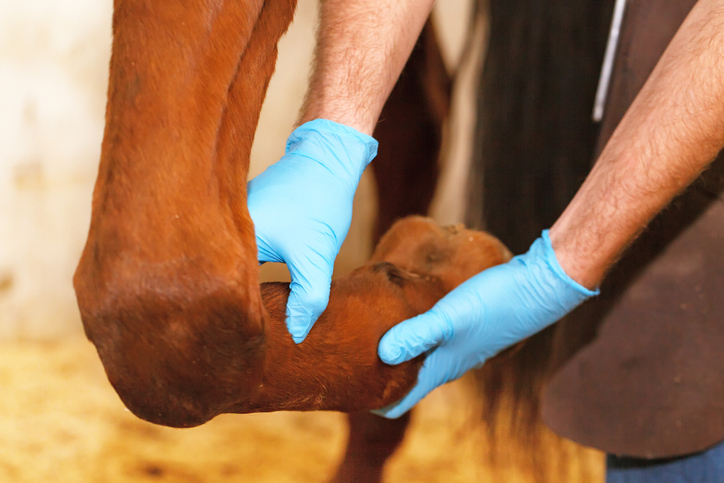
Mistake 1: Ignoring Animal Welfare Concerns
Addressing animal welfare concerns is vital for reshaping public perception of horse racing.
The welfare of racehorses is a central issue that directly influences how the public views the sport; by prioritizing their health and well-being, we demonstrate ethical responsibility and compassion. Ignoring these concerns not only jeopardizes the horses’ safety but also risks alienating the public and stakeholders who increasingly value animal welfare. Failing to prioritize this aspect can result in a significant negative impact on the sport’s image and reputation.
Therefore, a strong commitment to animal welfare is non-negotiable in maintaining the sport’s integrity and public appeal.
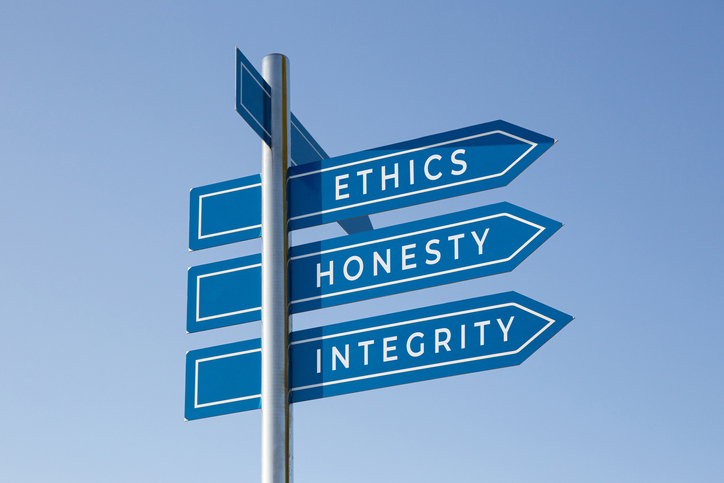
Mistake 2: Lack of Transparency in Racing Industry
Transparency is a cornerstone of public trust in the horse racing industry.
It’s essential that industry practices, from breeding to training and racing, are conducted openly to build and maintain trust with the public. A lack of transparency can lead to suspicions and misconceptions about the industry, damaging its reputation and credibility. When operations are shrouded in secrecy, it fuels negative narratives and skepticism among critics and the public alike.
Conclusively, fostering transparency is crucial for the industry to earn and retain the confidence and support of the public.

Mistake 3: Inadequate Communication
Effective communication is crucial for positively representing the horse racing industry.
Miscommunication or a lack of engagement with stakeholders, authorities, and the public can lead to misunderstandings and the spread of misinformation about the industry. Clear, consistent, and proactive communication is key to educating the public, dispelling myths, and showcasing the positive aspects of horse racing. Without effective communication, the industry risks being misrepresented and misunderstood, which can severely harm its public image.
In sum, maintaining open and effective communication channels is essential for shaping a positive perception of the industry.

Mistake 4: Neglecting the Need for Racing Industry Modernization
Modernizing the horse racing industry is imperative to meet evolving societal expectations.
The industry must continuously innovate and adapt to stay relevant and appealing in a rapidly changing world. Neglecting modernization can lead to perceptions of the sport being outdated, lessening its appeal to new generations and potential enthusiasts. Modernization is not just about adopting new technologies but also about evolving practices and attitudes to align with contemporary values and standards.
Ultimately, embracing modernization is crucial for the horse racing industry to remain vibrant, relevant, and respected in the modern era.
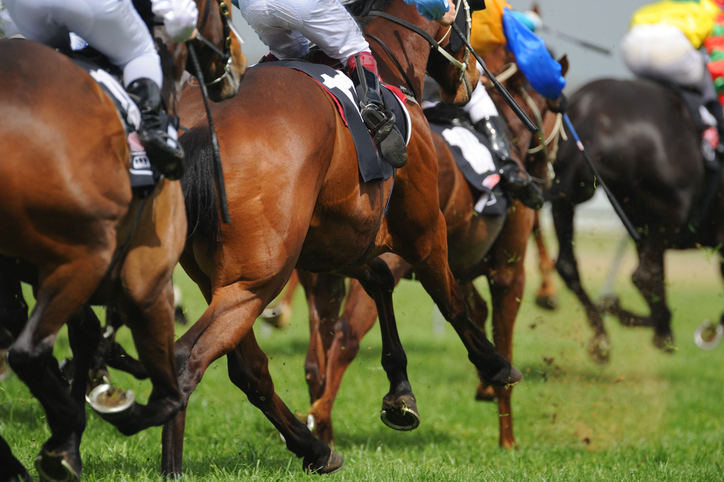
In conclusion, the thoroughbred racing industry’s journey towards a more positive public perception and sustainable future is contingent upon its ability to effectively address animal welfare, foster transparency, communicate clearly, and embrace modernization. These four areas are not just individual challenges but interlinked facets of a comprehensive strategy aimed at transforming the industry’s image and practices.
By prioritizing ethical standards, openness, proactive communication, and adaptation to contemporary expectations, the industry can ensure its revered place in both the sporting world and cultural heritage. Ultimately, these steps are not just corrections of past mistakes but vital investments in the industry’s enduring legacy and integrity.
Can the thoroughbred racing industry, deeply rooted in tradition and heritage, embrace the winds of change and innovation to redefine its legacy, while still holding true to the timeless spirit that has defined its past?
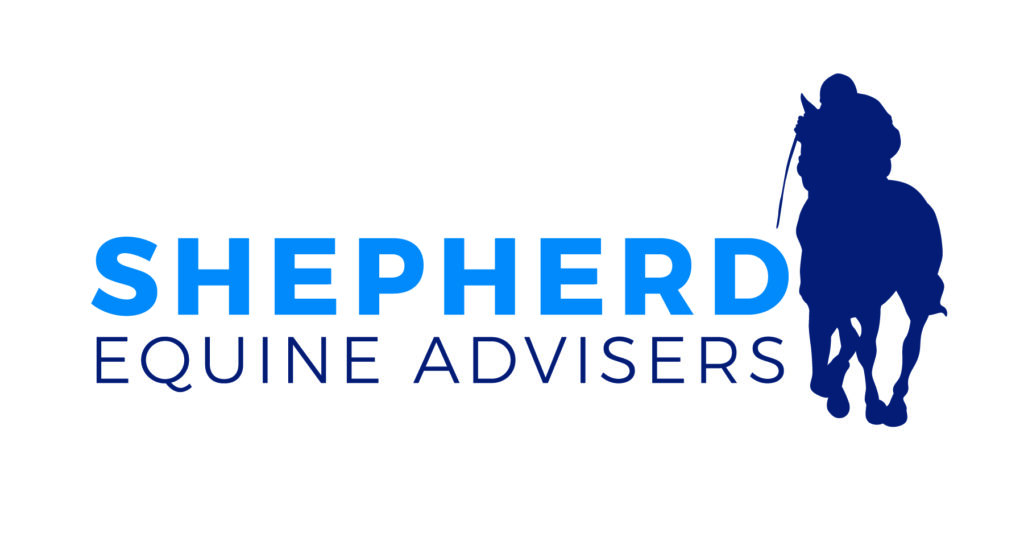
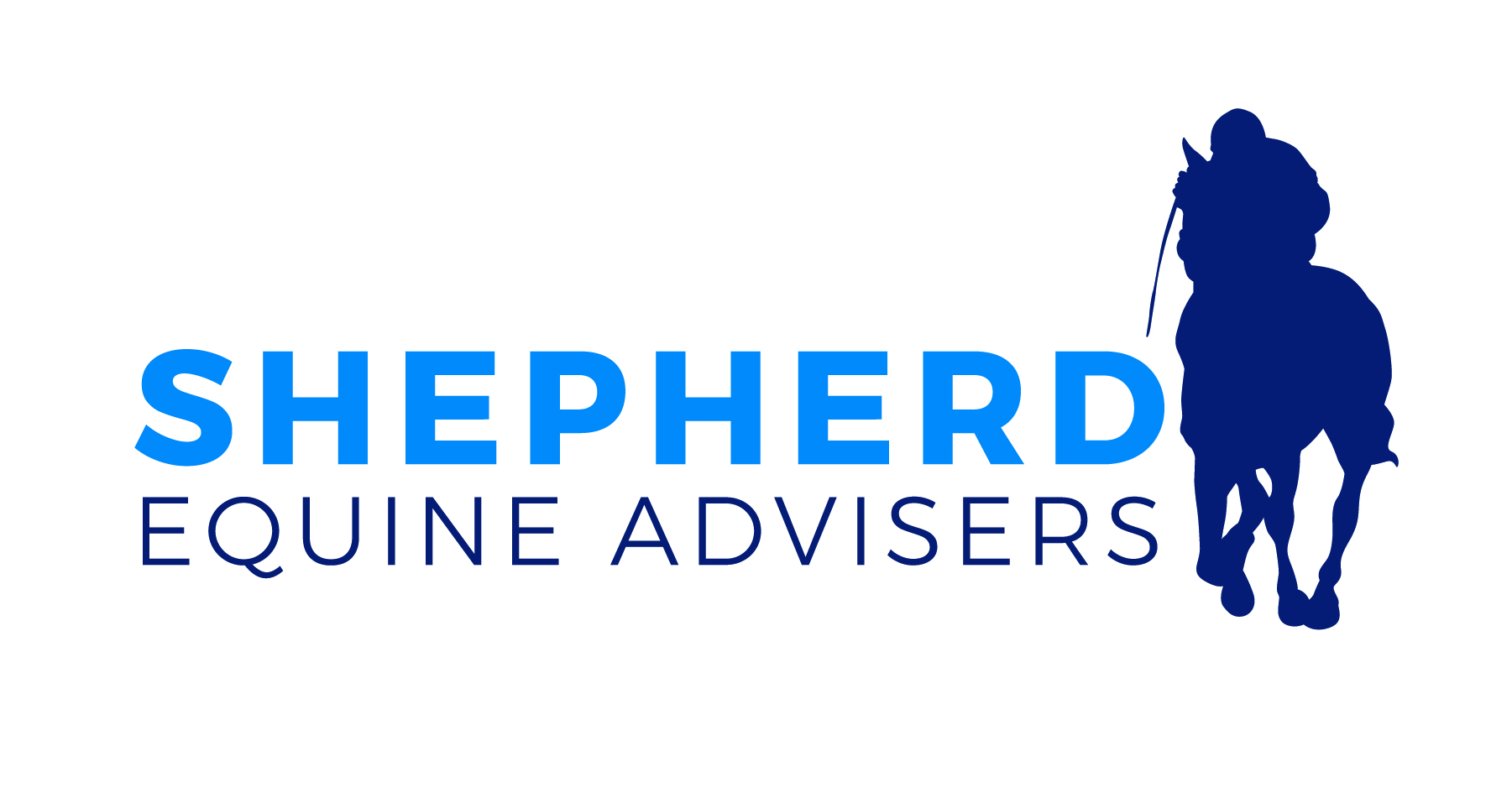



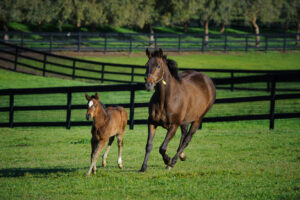
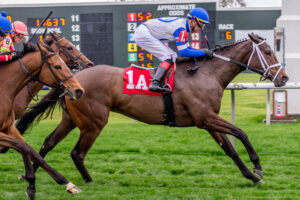
Recent Comments